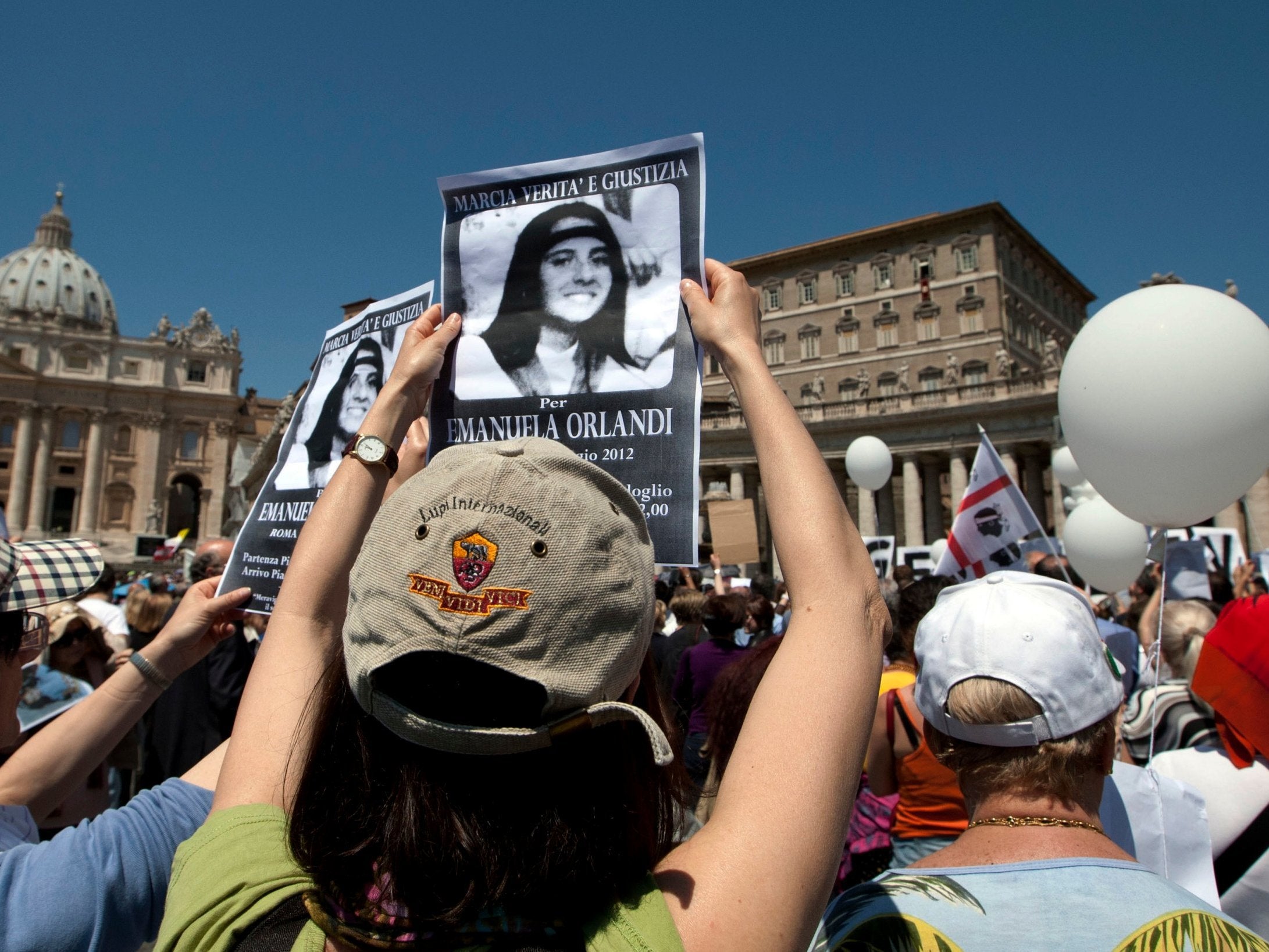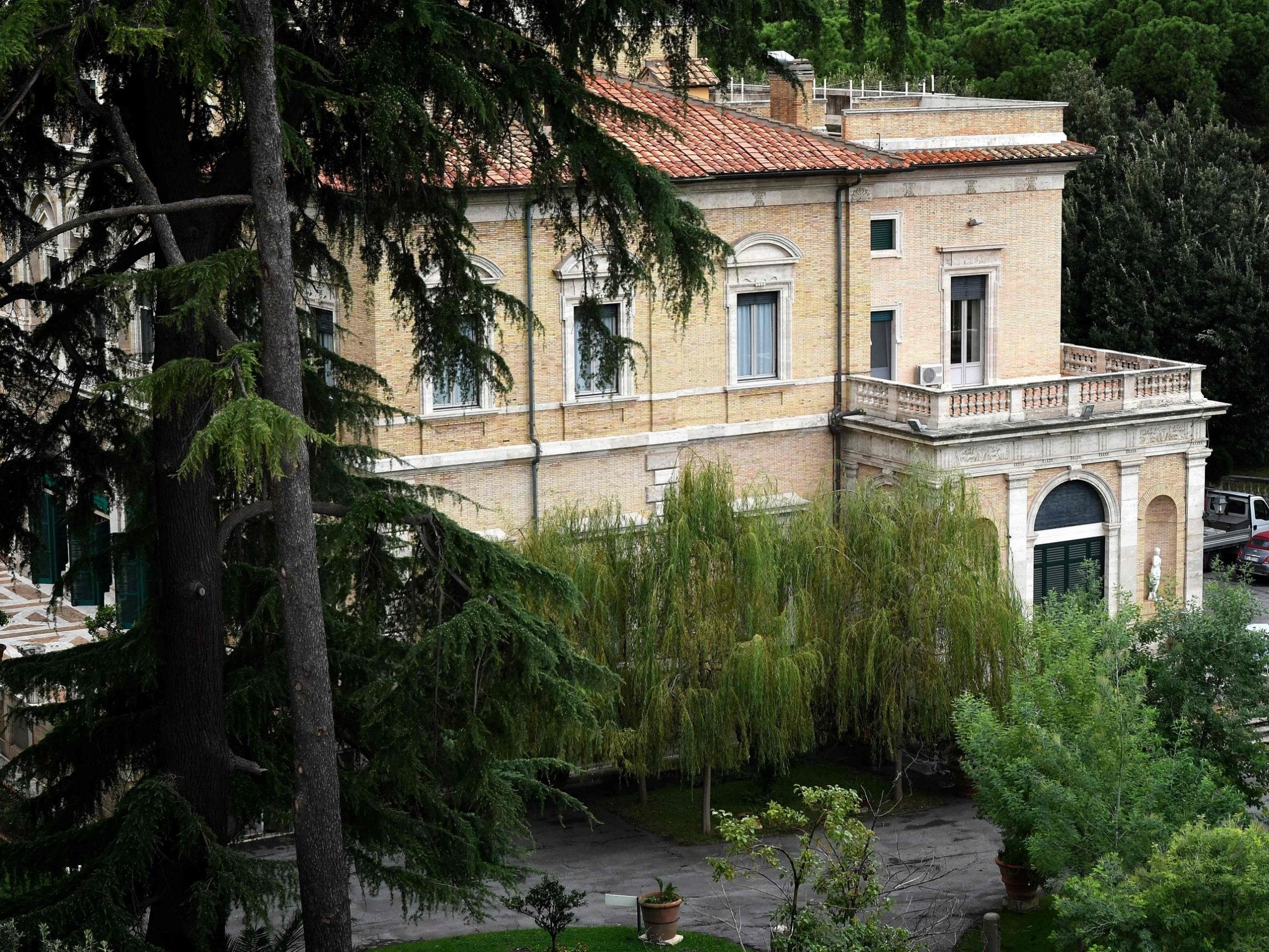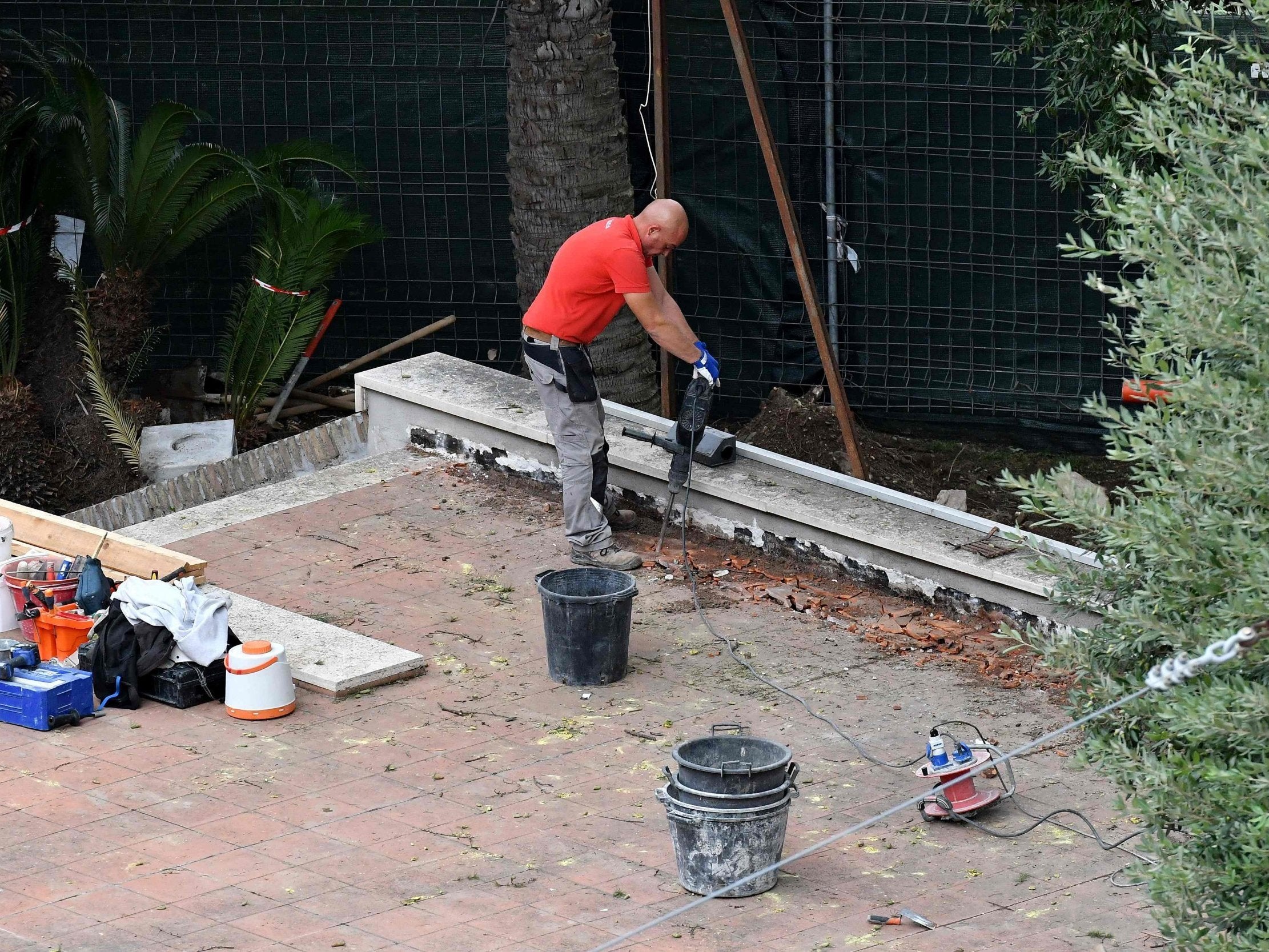Human remains found at Vatican embassy in Rome could solve 35-year-old mystery of girl's disappearance
Emanuela Orlandi disappeared in 1983 and her case has been linked to everything from the plot to kill Pope John Paul II to Rome’s criminal underworld

Your support helps us to tell the story
From reproductive rights to climate change to Big Tech, The Independent is on the ground when the story is developing. Whether it's investigating the financials of Elon Musk's pro-Trump PAC or producing our latest documentary, 'The A Word', which shines a light on the American women fighting for reproductive rights, we know how important it is to parse out the facts from the messaging.
At such a critical moment in US history, we need reporters on the ground. Your donation allows us to keep sending journalists to speak to both sides of the story.
The Independent is trusted by Americans across the entire political spectrum. And unlike many other quality news outlets, we choose not to lock Americans out of our reporting and analysis with paywalls. We believe quality journalism should be available to everyone, paid for by those who can afford it.
Your support makes all the difference.Human bones discovered in the Vatican’s embassy to Italy could help solve the 35-year-old mystery behind the disappearance of a 15-year-old girl.
Forensic scientists are investigating whether the remains might be those of Emanuela Orlandi, the daughter of a Vatican employee who vanished in 1983, Italian media reported.
The Vatican said Rome’s chief prosecutor had been called in and forensic investigators were working to determine the age and gender of the bones, as well as the date of death.

It said the bones were found during restructuring work near its Rome embassy in the residential neighbourhood of Parioli, near the famous Villa Borghese museum.
The statement did not mention the missing girl.
Orlandi’s fate became one of the biggest mysteries in modern Italian history.
She disappeared after leaving her family’s apartment in Vatican City to go to a music lesson in Rome. Her father was a lay employee of the Holy See.
Lawyers for her family have said they are pressing Italian prosecutors and the Vatican for more details about the human bones.
Laura Sgro, a lawyer for the family, said the Vatican statement disclosing the discovery “provides little information”.

Orlandi’s case was initially linked to the an attempt to win the freedom of Mehmet Ali Agca, the Turkish gunman who shot Pope John Paul II in 1981 and was then serving a life sentence in an Italian jail.
Over the years it has been linked to several other possibilities, from the financial scandal of the Vatican bank to Rome’s criminal underworld.
The last major twist in the case came in 2012, when forensic police exhumed the body of a reputed mobster from the crypt of a Roman basilica in hopes of finding Orlandi’s remains as well. The search turned up no link.
More recently, a leading Italian investigative journalist caused a sensation when he published a five-page document last year that had been stolen from a locked Vatican cabinet which suggested the Holy See had been involved in Orlandi’s disappearance.
The Vatican immediately branded the document a fake, though it never explained what it was doing in the Vatican cabinet.
The document was purportedly written by a cardinal and listed supposed expenses used for Orlandi’s upkeep after she disappeared.
Additional reporting by agencies
Join our commenting forum
Join thought-provoking conversations, follow other Independent readers and see their replies
Comments